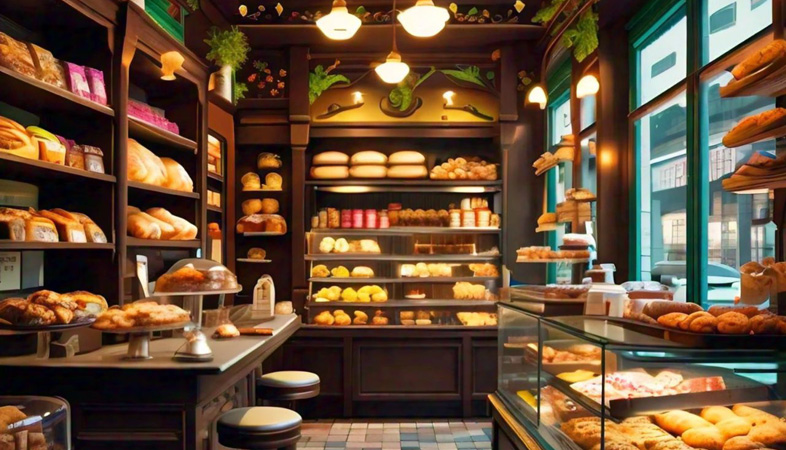SHARE
Commercials
More Posts
Mar 15, 2025
Rajesh Kumar Takes Charge as Unit Manager at Sodexo
Jun 12, 2025
Flash Frying: Crisping Up Meals Without the Guilt
Mar 19, 2025
Avo Orange Salad - By Chef Pradnyavant Madhale
Jul 26, 2025
Handling Difficult Clients in the Catering Business
Mar 15, 2025
Rajesh Kumar Takes Charge as Unit Manager at Sodexo
Jun 12, 2025
Flash Frying: Crisping Up Meals Without the Guilt
Mar 19, 2025
Avo Orange Salad - By Chef Pradnyavant Madhale
Jul 26, 2025
Handling Difficult Clients in the Catering Business
Mar 15, 2025
Rajesh Kumar Takes Charge as Unit Manager at Sodexo
Jun 12, 2025
.png)




























